
How To Look After Your Rolex: A Complete Guide
If you want your Rolex watch to keep its lustre, and continue working and looking flawless over time, it’s crucial that you look after your Rolex and maintain it on a regular basis. But what should you do to look after your Rolex? The first step is to clean your Rolex watch on a regular basis, but how should you clean it? The next step is to take care of the movement of your Rolex, but how do you do this?
In this complete guide, you’ll learn how to look after your Rolex, minimize wear while wearing and enjoying it, and keep your Rolex ticking for years to come.
Now, before we dig into this article, we just want to point out that this article is not about the obvious that ”if you don’t want to wear your watch, don’t wear it”, because after all, watches are meant to be worn and enjoyed. This article is about how you keep your watch in the best condition possible while wearing it as much an often you want. Not just letting it sit in its box because you want to ”look after” your Rolex watch and keep it in its best possible condition, while also enjoying it.
Let’s dig right in.
Cleaning your Rolex watch
The first and maybe most important step is to clean your Rolex watch.
This is the easiest and most surefire way to keep your Rolex watch in good condition for years to come.
The vast majority of Rolex watches come on a metal bracelet, and the bracelet in particular tends to accumulate lots of dirt and grime over time as you wear it. When you wear your watch, things like dead skin cells, dirt, fat from the skin, sweat, etc. collect on the bracelet and on the watch, which naturally makes the watch accumulate even more dirt. Not only does dirt on your watch harm its glow and lustre, it can also speed up or start the process of corrosion on your watch. This is of course apart from the simple fact that all of this dirt is a bacteria colony which is unhygienic.
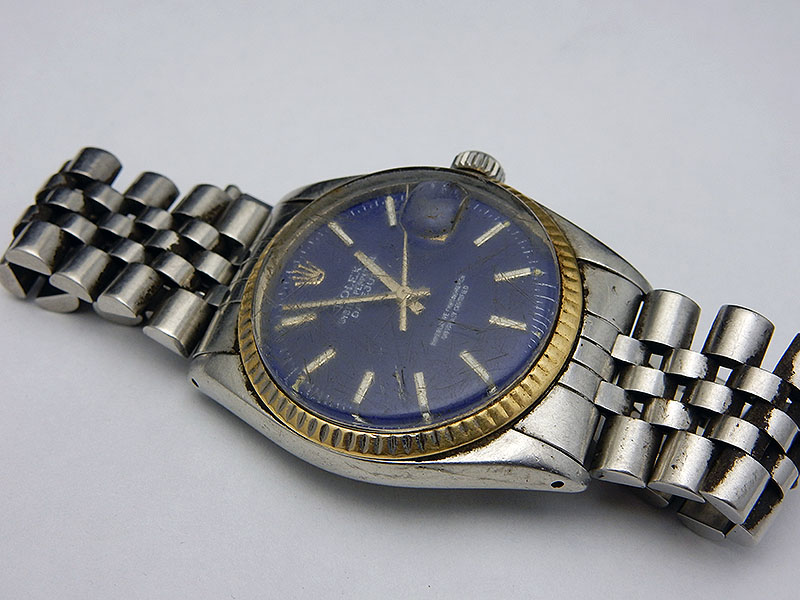
When you have a lot of dirt on your watch, your watch may slowly but surely start to corrode. This is in particular on areas such as the bezel, where the screws are attached, and the case. Now, if you have a precious metal Rolex, you don’t really have to worry about corrosion in the same way, however, dirt and other corrosive acids can also have a negative effect on these metals. Also, Rolex now uses 904L stainless steel instead of the standard 316L steel for its watches, and the benefit of this steel is that it is, according to Rolex, it is used because of its ”excellent anti-corrosion properties which are comparable to those of precious metals”.
This means that the modern steel watches are less prone to corrosion and rust compared to the older watches, where you can find plenty of examples of rust and corrosion, however, this doesn’t mean that this steel cannot corrode and that you should neglect cleaning your watch.

You should make it a habit to clean your watch regularly. Now, everything is better than nothing, so simply rinsing your watch in warm water for a minute or so is a good idea. if you rinse your watch regularly, you prevent dirt from collecting and building on your watch and bracelet. If you want to clean your watch more carefully, you can also add a drop of soap to your watch. While this won’t remove all dirt if you haven’t washed it for a long time, it will prevent new dirt from gathering, and keep your watch looking good on the surface at least.
Apart from just rinsing your watch, you should also make a deep and detailed cleaning of your watch. If you really want to keep it clean, you should also make a more careful cleaning of your Rolex watch regularly.
If you are really picky, doing this once a month – apart from rinsing it in water will make sure your watch is clean at all times. Otherwise, you can make a thorough cleaning of your watch a few times per year.
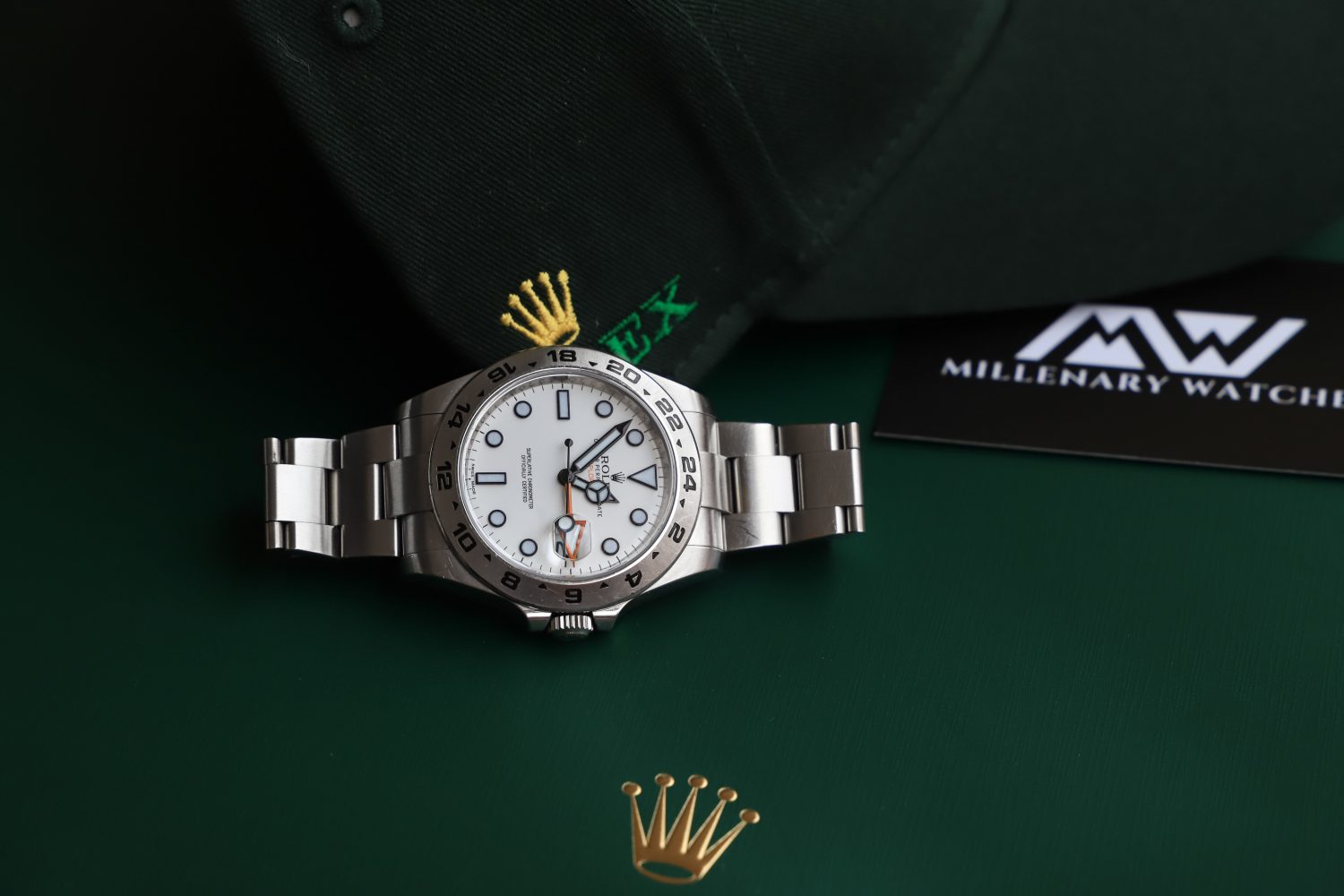
Now, how should you clean your Rolex?
- Begin with filling up a small bowl of warm water.
- Add a few drops of soap to the water.
- Take a soft toothbrush or other small brush.
- If you want, you can start brushing the bracelet, the bracelet in particular and other difficult-accessible parts where dirt tends to hide and gather. Otherwise, you can begin by rinsing your watch or putting it into the bowl of water and let it sit for a few minutes. Before you get your watch in contact with water, however, make sure that it is resistant to water and is safe in contact of water. If you aren’t sure about your Rolex watch’s water-resistance, don’t get water close to it.
- If your watch is not water-resistant, or if you haven’t made a water-resistance test for a long time, a solution is to remove your bracelet from your watch. This is a good idea since the bracelet is what tends to accumulate the most dirt and bacteria.
- When you’ve scrubbed your watch, make sure that you rinse it with water carefully. You want to make sure that you remove all dirt and soap residues.
- Last but not least, you want to dry your Rolex watch with a soft microfibre towel.
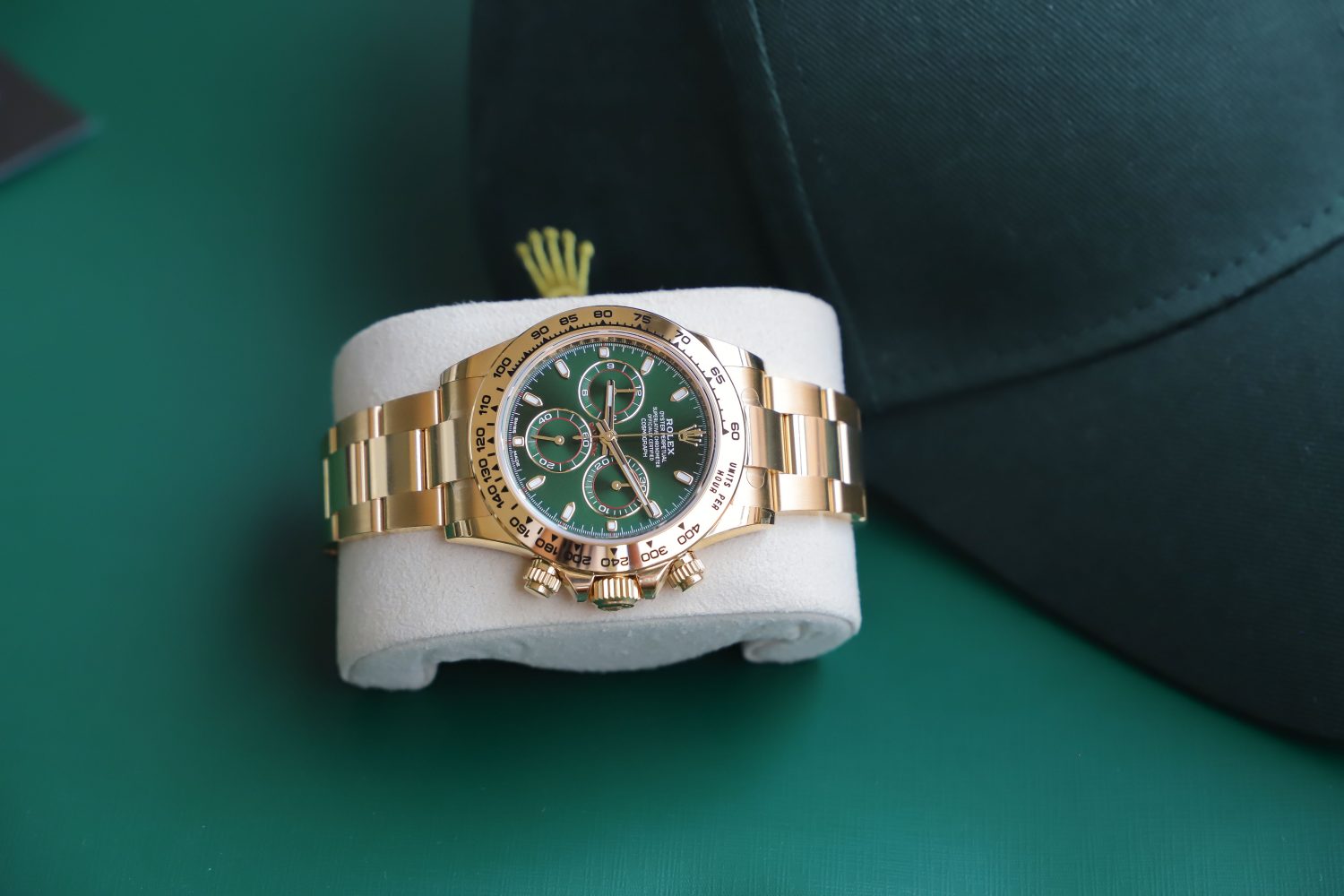
How to deal with scratches?
There are split opinions about how to deal with scratches, dings, and hairlines on your Rolex watch. Some people see scratches as memories and a natural part of wearing a watch and argue that you shouldn’t worry too much about getting your watch scratched up. On the contrary, other people are terrified of scratches and wear their Rolex watches very careful because they don’t want to get their watches scratched.
But the reality is that if you wear your Rolex watch, it’s almost impossible to avoid scratches. If you don’t mind scratches on your Rolex watch, you can jump to the next point, but if you are like most people, there are a few safety measures you can take in order to minimize the risk of getting scratches on your watch.

Take off your watch when using your mac computer
Most computers are made of plastic, and wearing your Rolex watch when using these won’t be a very big danger for your watch in terms of scratches. Mac laptops, on the other hand, are dangerous enemies against your Rolex steel bracelet, since metal against metal is a dangerous combination when talking about scratches.
Therefore, when and if you use a MacBook laptop, if you want to avoid brutal swirls on your bracelet and clasp in particular, always take off your Rolex watch. Doing this will save you from a lot of swirls and scratches.
Think about your watch when wearing it
Scratches and dings can appear wherever and whenever on your watch. It may happen when you hit your watch in a door, or accidentally drag your watch against a stone table. But one very effective way to avoid a lot of scratches is to think about your watch and where you have it. By doing this, you can identify dangerous situations for your watch and then keep your wrist in a way so that you don’t scratch your watch.
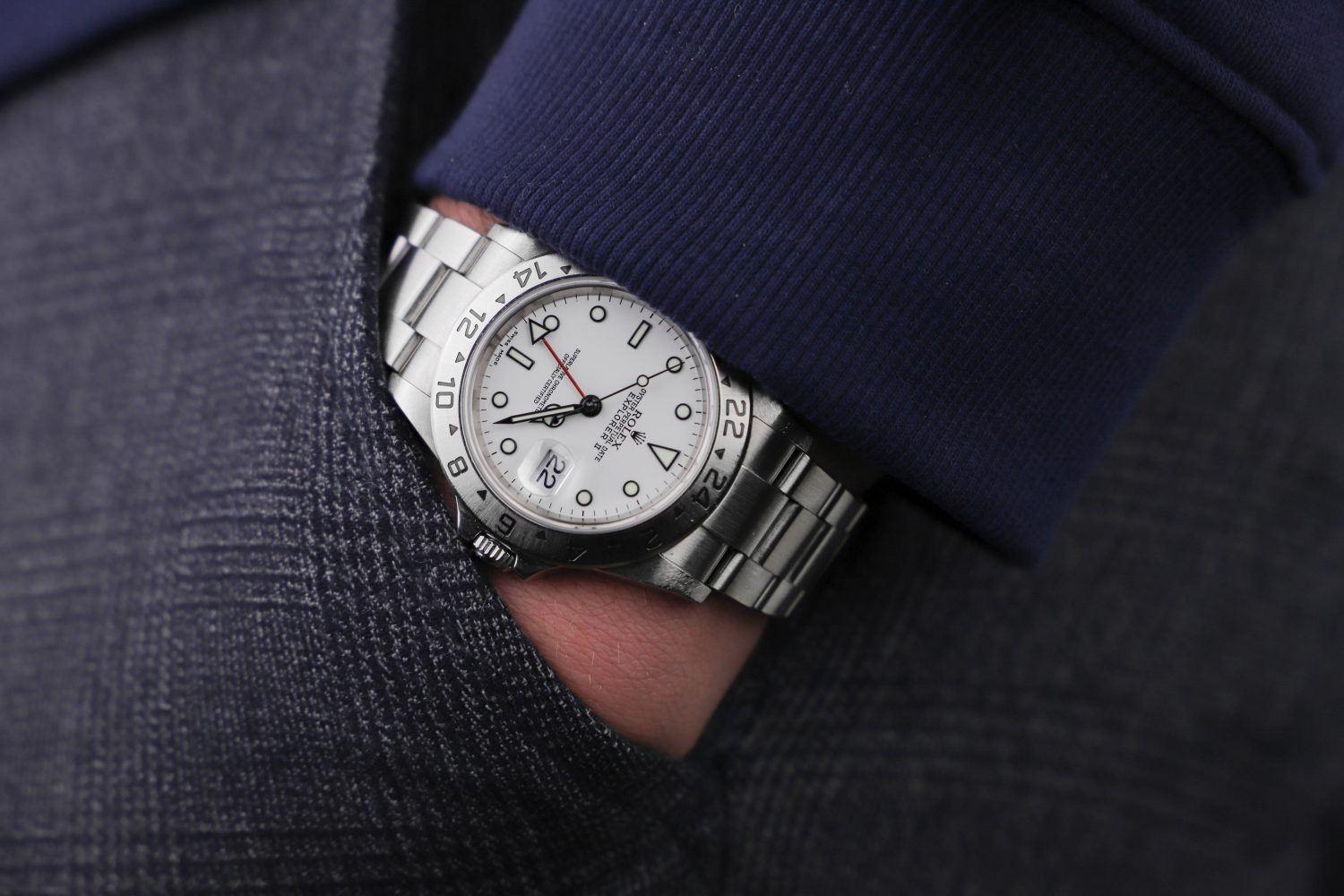
To polish or not to polish?
Over time, your watch will inevitably get scratched, but should you do something about these scratches?
The most natural thing to do is to have your watch polished when scratched, as it will look like new, however, there are split opinions about whether you should polish your watch or not.
The most devoted watch enthusiasts and enthusiasts tend to always argue that you shouldn’t polish your watch. The reason is that when you polish your watch, you remove material from the case and bracelet, and after several polishes, your watch will have lost a bit of its original shape. On the secondhand market, for vintage watches in particular, polished watches tend to be less attractive because they’ve lost a bit of their original shape. Also, if you have your Rolex watch polished by someone who isn’t a professional and doesn’t really know how you should polish your Rolex watch, you may get rid of your scratched and dings, and it may look good on the surface, however, it may have been improperly polished, and lost a bit of its original shapes and lines.

Your scratches tell a story and are physical reminders of the story the watch tells, and this is a reason to leave the scratches on your watch.
On the contrary, people who aren’t nerdy about watches, and not watch enthusiasts – more so wear a Rolex watch because they enjoy it for what it is, are more prone to polishing their watches. This is because they only care about how the watch looks on a surface level, not that the watch may lose its original shape or goods over time since this is – unarguably, quite a nerdy thing.

If you are going to polish your watch or not is completely up to you, but there’s no denying that you do in fact remove scratches and dings from your watch and make it look like new.
When you leave your watch to a service, normally, polishing is included in the price, and so you can decide whether or not you want to have your watch polished. If you want to have it polished, you don’t have to do it yourself. You can, of course also polish yourself, however, it is always better to let a professional do it. Also, make sure that you go to an authorized dealer of Rolex as they are educated and knowledgeable on how you polish a Rolex properly so that it doesn’t lose its original shape and lines.
If you want to polish your Rolex watch yourself, you can do so, but be careful.
The easiest way to polish your watch yourself is by using polish cloths. There are several different pads that you can use – from Bergeon to brillo pads, to scotchbrite pads to cape cod. Just make sure that you use polish cloths that have the correct satin finish that is correct to the thing you’re polishing.
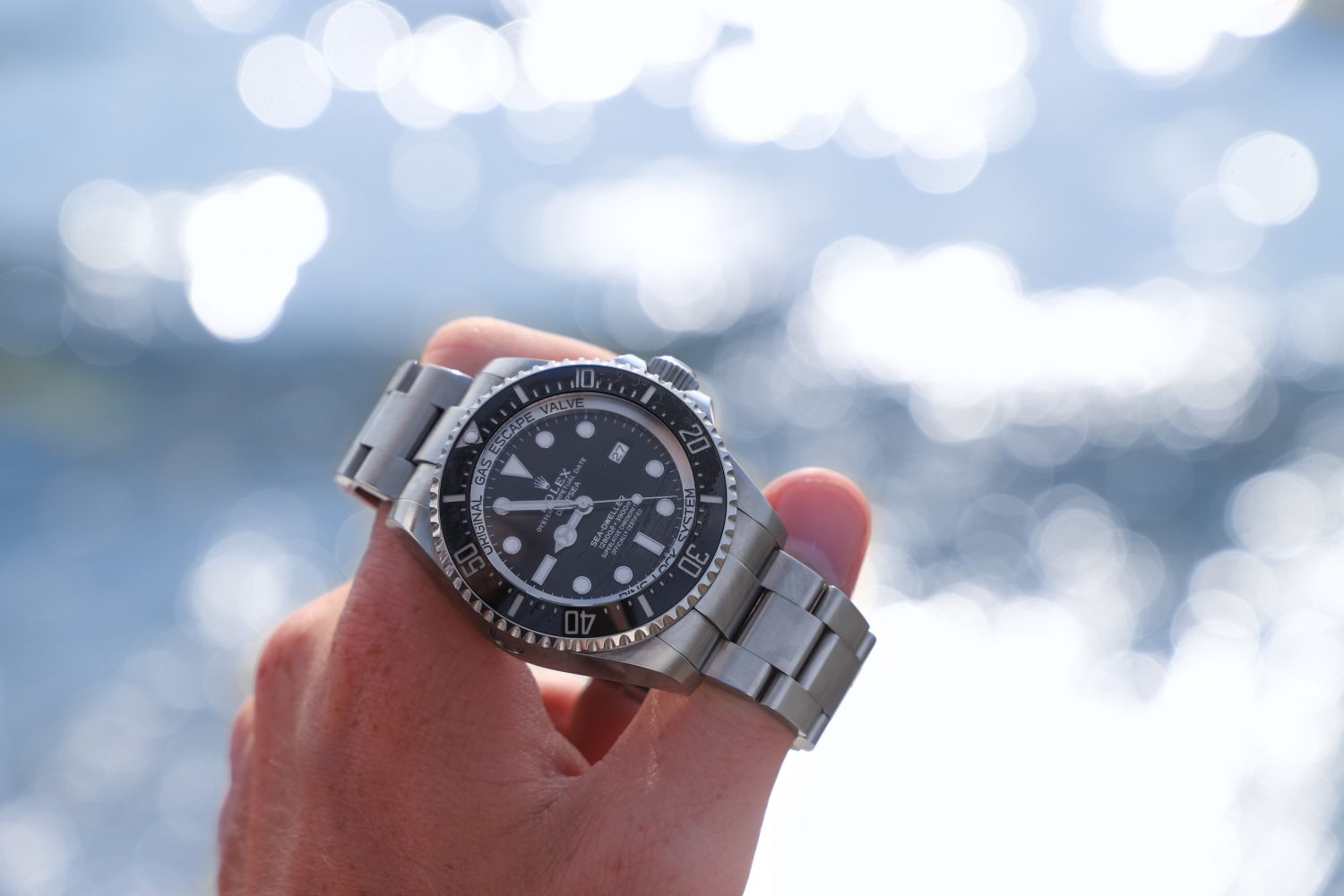
For polished areas, you obviously need a very fine polish cloth, while on the other hand, for bushed parts you need something completely different.
If you are going to polish your bracelet, it is easier to remove the bracelet first.
How to look after your Rolex: water-resistance
All Rolex Oysters are water-resistant. In other words, all modern Rolex watches are more or less water-resistant. In fact, all modern Rolex watches are water-proof to depths of at least 100 metres (except for the Cellini). However, before you get them in contact with water, you should take safety measures for protecting your watch from leakage. There are too many examples of Rolex watches which haven’t been water-resistant, leaked, and then started to rust in the movement. And a water-damage repair can be really expensive to say the least.
The Rolex Oyster case is dustproof and waterproof, but over time, you cannot be sure about your watch’s water-resistance. Your Rolex watch will only be water-resistant if the areas which are conjoined with other parts are properly sealed. For a Rolex watch, this is at the caseback, the crown, and the glass.
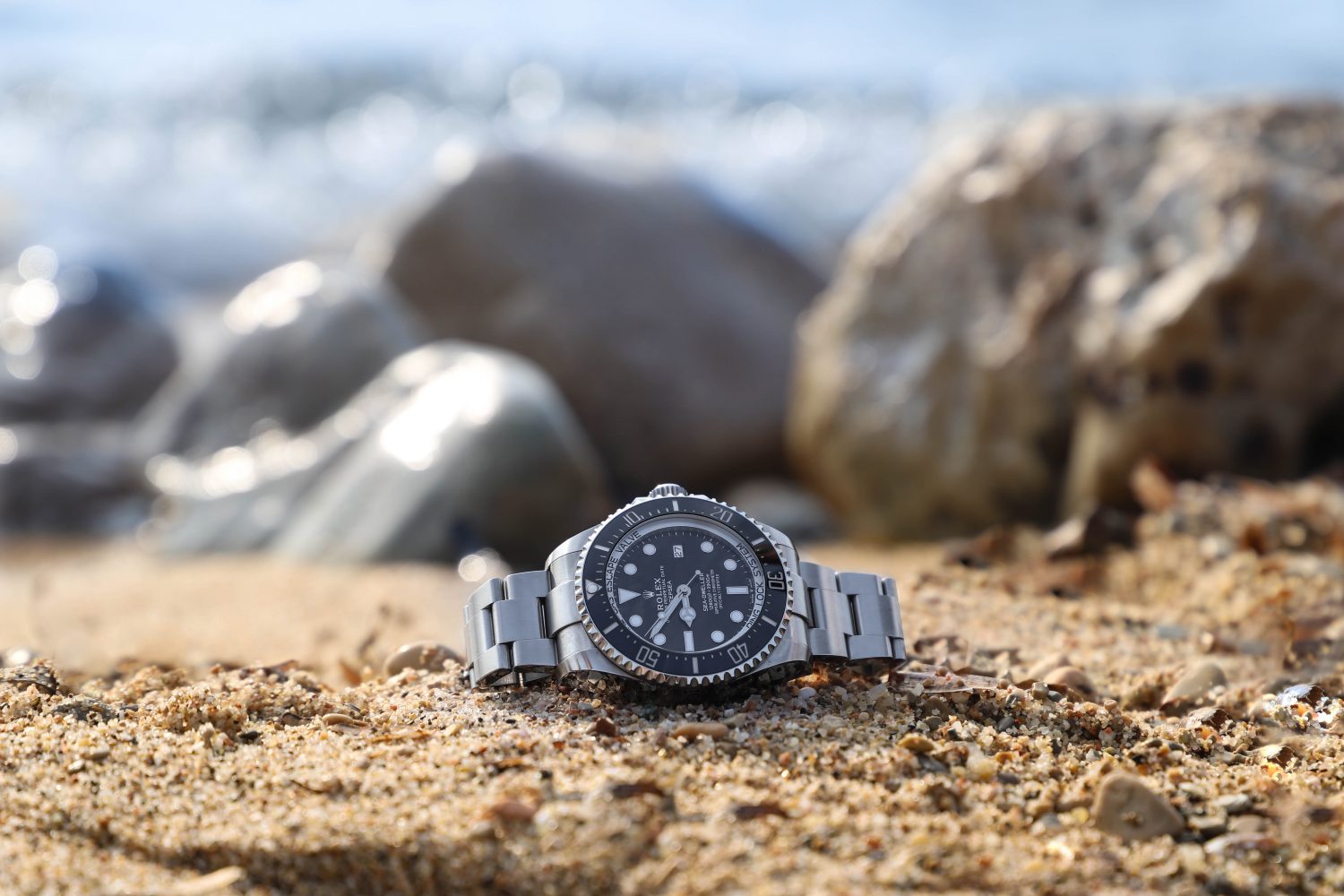
So how can you guarantee your watch’s water-resistance?
The easiest way you can check that your Rolex is water-resistant is to have it pressure tested. This will let you know whether or not your Rolex watch can handle water. If it turns out that it is not, you saved yourself a lot of money in service costs if you would have submerged your watch in water.
How to look after your Rolex: bracelet screws
If you have your Rolex on a metal bracelet, it is crucial that you look after your bracelet screws regularly. It is your bracelet screws that keep your watch attached to your wrist and should a screw or sprint break, your watch will drop to the floor. Maybe even break, or get lost forever if you drop it in an inconvenient place.
Unlike a NATO-strap where if one springbar breaks, the watch will still sit secured on your wrist, if a screw breaks in your bracelet, you’ll drop the watch. Now, there’s a difference between spingbars and screws.

Since your springbars hold your bracelet in place, they also hold lots of responsibility.
As a result, it is important that you regularly look after your bracelet screws and springbars.
Make sure that you inspect the condition of the springbars that you’re relying on regularly because worn springbars are quite common – which is not very strange considering the stress they have to deal with when worn. When buying springbars, ideally you want to have Rolex springbars as they are, naturally, higher quality.
Check the screws in the bracelet to make sure they are not loose. If they are loose, you need to screw them in. Like Rolex, use LocTite 221 on the screw threads to ensure that screws are secure.
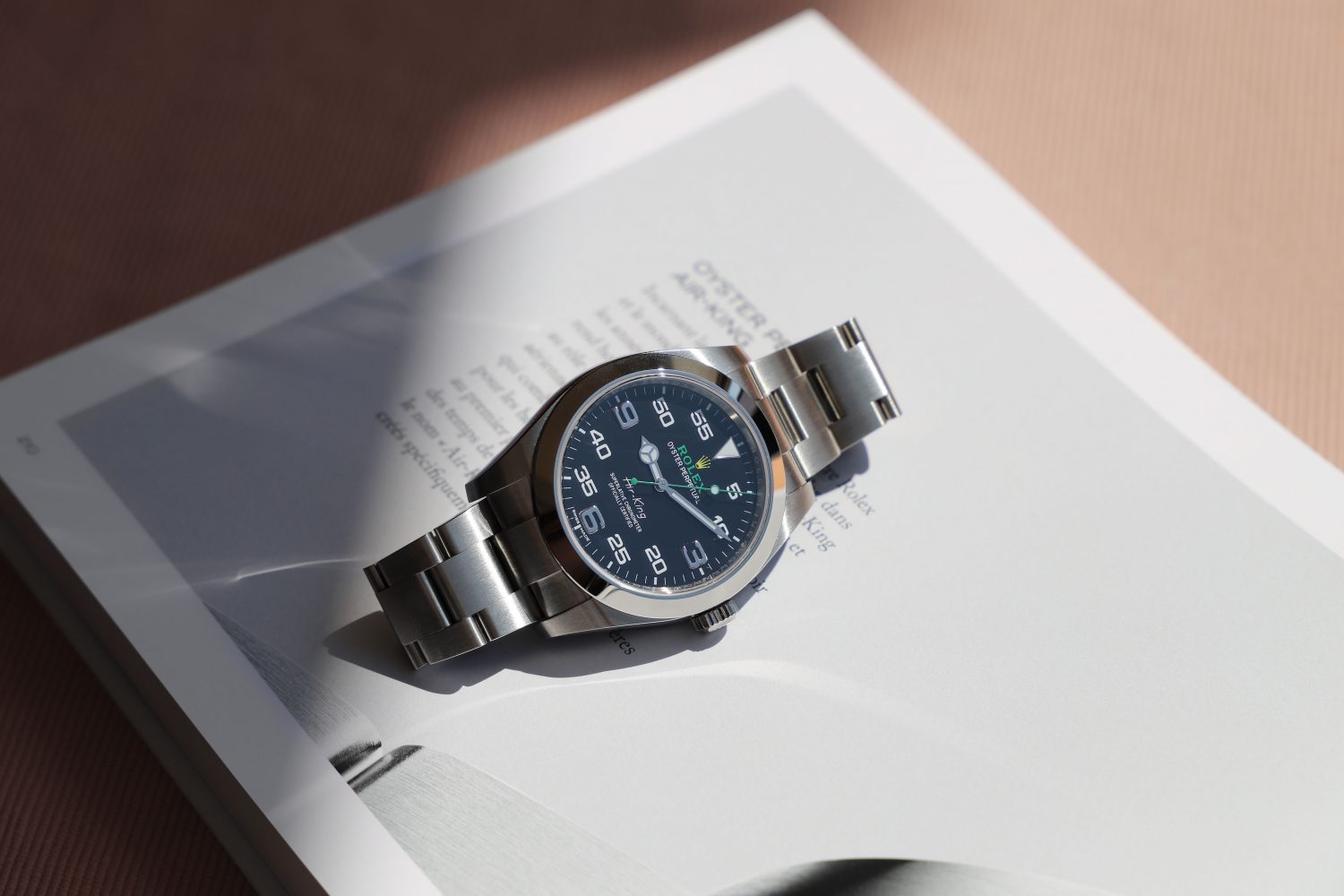
How to look after your Rolex: Service
Service is an important part of how you look after your Rolex watch. Maybe even the most important. It is ideal that you service your Rolex every five years, but in reality, your Rolex watch will continue ticking much longer than that. But if you want to keep your watch and movement in perfect condition, and keep ticking flawless, five is the magic number.
When you service your Rolex, your watch is completely gone through. The movement is disassembled and cleaned, and worn out parts are changed for new ones. If you’d like, your watch can also be completely polished. Furthermore, your watch is pressure tested, and the accuracy of the watch is tested. In other words a full run-through.
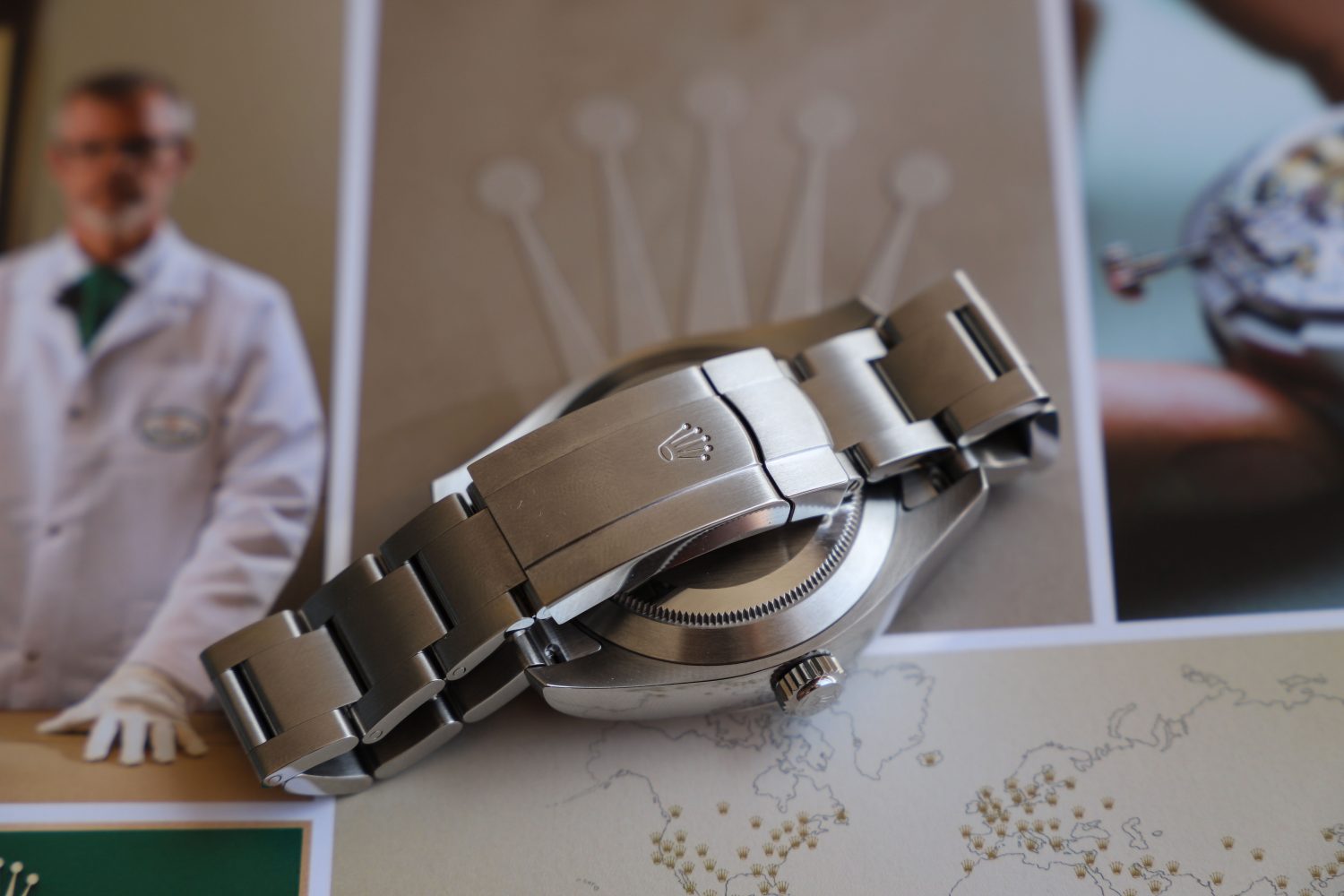
Also, avoid opening the caseback of your watch by yourself, because you need special tools for doing so – tools that mainly official and verified watchmakers have. If you try yourself, you may slip and scratch and cause damage to the back.
How to look after your Rolex: winding it
Essentially every Rolex watch you’ll come over is automatic, and therefore, there’s a great chance that yours is too.
Automatic watches are automatically wound up from the movement energy when you wear your watch. This energy is then stored in a spring. And to keep your movement in good health, you want to take care of your movement as best as you can.
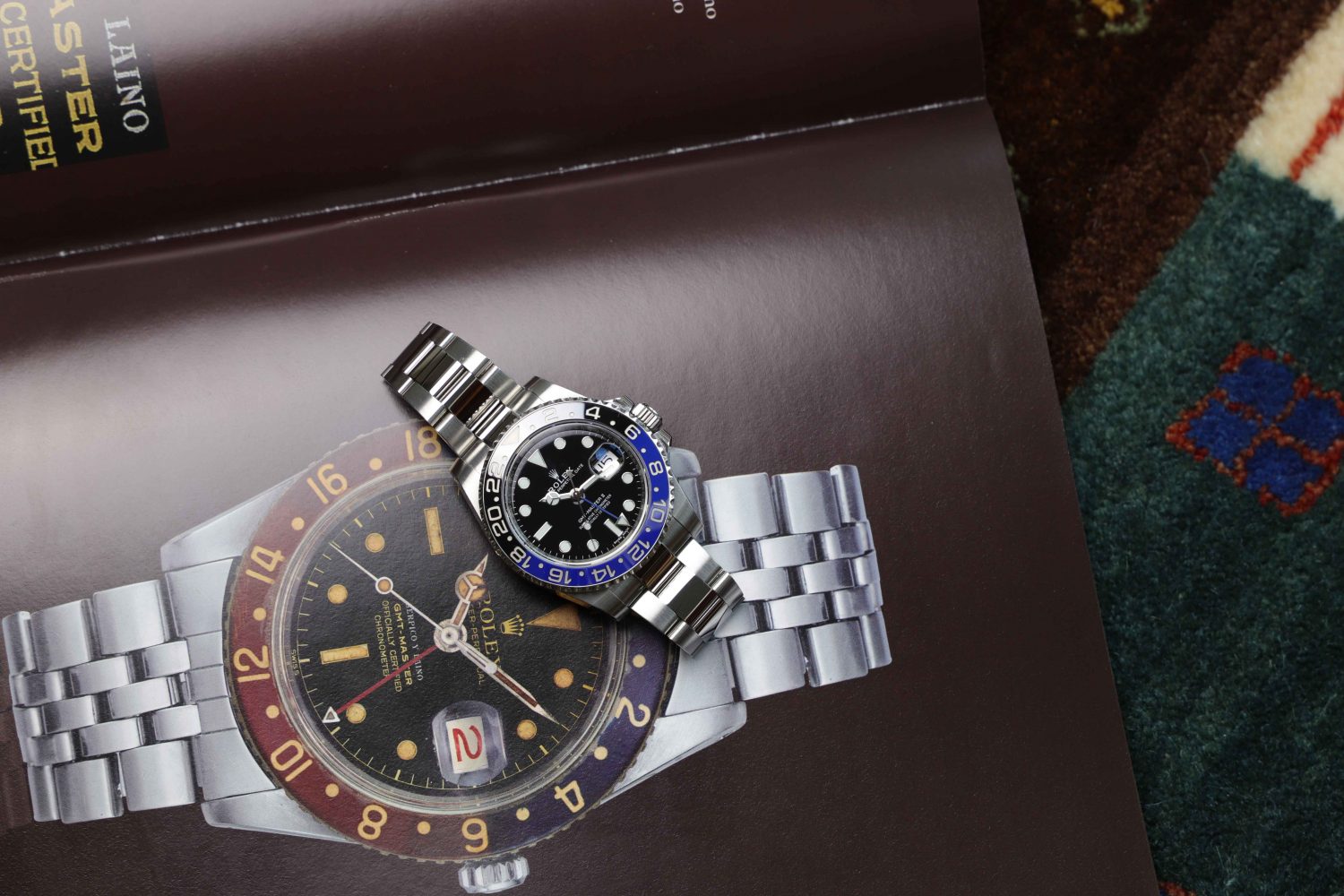
The first step is to wear your watch regularly. Rolex watches have different power-reserves, and so this means that the time you can leave them and not wear them vary. For your movement’s health, it is best to keep it ticking and not die. If it does, it is best to manually wind it a bit to help it get started.
The best tip of course is to wear it often. This will help your Rolex keep accurate time.
Don’t expose it to sunlight
This is quite obvious, but keeping something in the sunlight will ultimately make it fade. It will lose its colors, and show signs of ageing. Now, some people absolutely love this, while others don’t. Of course, this doesn’t mean that you can’t expose your watch to any sunlight ever, but if you are ever in situations when you expose your watch for strong sunlight for a long period of time, just know that over time, it will cause fading.




